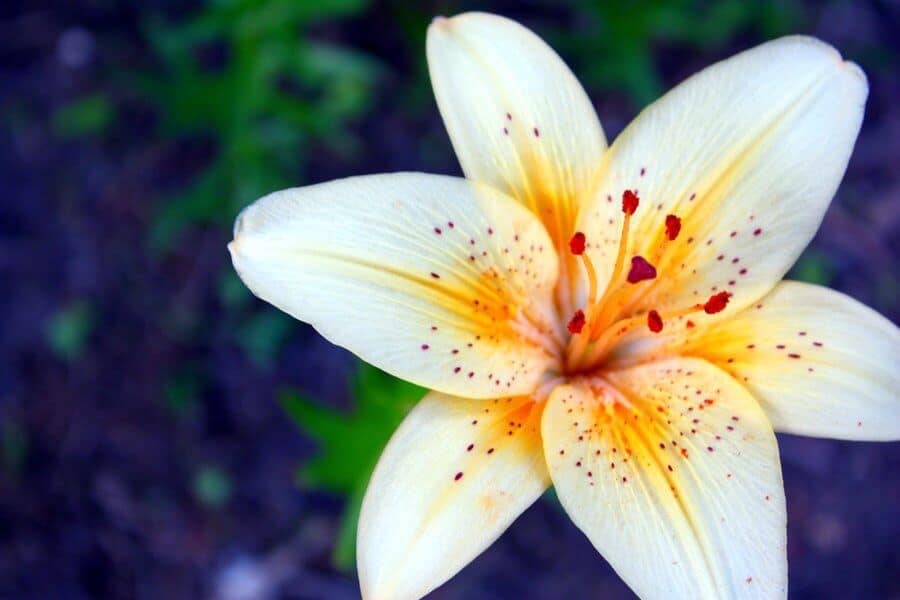Some Common Things That Are Poisonous to Cats
When I first started researching things that are poisonous to cats I was going to include foods in this post, but the list of things kept getting longer, so I should save that for a different post.
I was surprised by some of them while others had been in the back of my mind as dangers for a long time. For example, I didn’t realize that spot-on flea products that contain high concentrations of permethrin (and are approved for use on dogs only) are highly dangerous for cats.
Some things come with warnings for humans too: household cleaners like bleach, detergents, toilet bowl cleaners, carpet cleaners, antifreeze (that contains ethylene glycol), liquid potpourri, de-icing salts, fertilizers, plant foods, insecticides and herbicides.
Another unsurprising thing was medication. After all, if a child can be poisoned by an overdose imagine how much smaller a cat is and, consequently, how much more of an over dose it is if it swallows your meds. Medications like pain relievers: acetaminophen and non-steroidal anti-inflammatories (NSAIDS) such as ibuprofen, diclofenac, naproxen, some antidepressants and cold & flu medicines are the most dangerous.
I had heard that some common plants were poisonous but had no idea there were so many. Here is as complete a list as I could make of some of the dangerous house/garden plants and flowers: Agave, Aloe Vera, Amaryllis, Autumn Crocus, Azalea, Baby’s Breath, Barley Grass Seeds, Bird of Paradise, Begonia, Black Nightshade, Carnations, Castor Bean, Chinese Evergreen, Chrysanthemum, Cyclamen, Daffodil, Dieffenbachia (dumb cane), Dracaena, Foxgloves, Garlic, Gladiola, Hosta, Ivy, Kalanchoe, Karaka, Lilies, Marijuana, Milkweed, Mistletoe, Morning Glory, New Zealand Tree Nettle (Onga Onga), Oleander, Onions, Philodendron, Poinsettia, Pothos, Rhododendrons, Rhubarb, Sago Palm, Spinach, Taro, Tomato Plant, Tulip, Virginia Creeper, Wandering Jew, and Yew.
The last weird thing that probably should have been obvious: glow sticks that contain dibutyl phthalate, which is probably all of them. Don’t leave them around where a cat could chew on one. If one happens to break or leak, get rid of it safely right away so that none of the fluid gets on your cat’s coat or paws. When the cat grooms, the chemical will be swallowed.
Of course, you will try to prevent poisoning. But, accidents happen. If you suspect that your cat has been poisoned, take it to a vet right away or at least call one or a pet poison hotline like 0800 POISON (0800 764 766).
Richelle Okada
Sources: the Humane Society of the United States, The American Association of Feline Practitioners, the Pet Poison Helpline, The RNZSPCA, the Catington Post and Sheknows


It’s challenging to locate well-informed individuals on this topic, but you sound like you realize what you’re talking about!
Thanks
Great line up. We’ll be linking to this great article on our website.
Keep up the great writing.